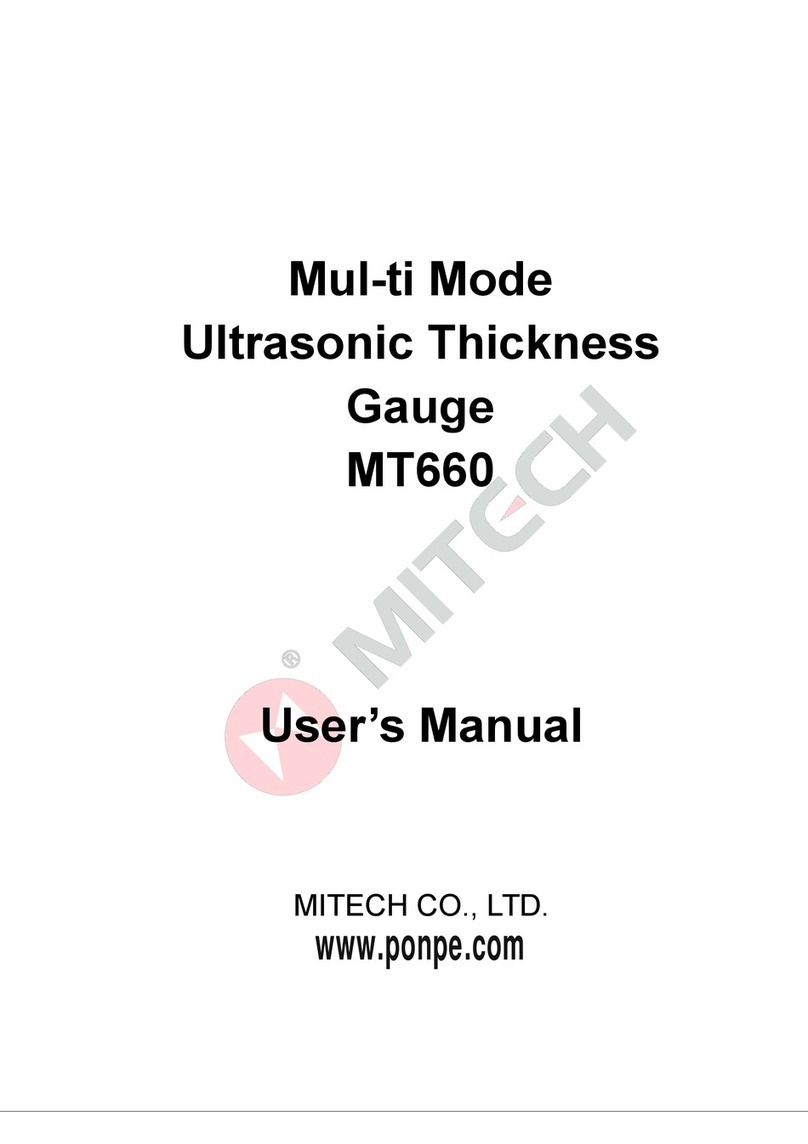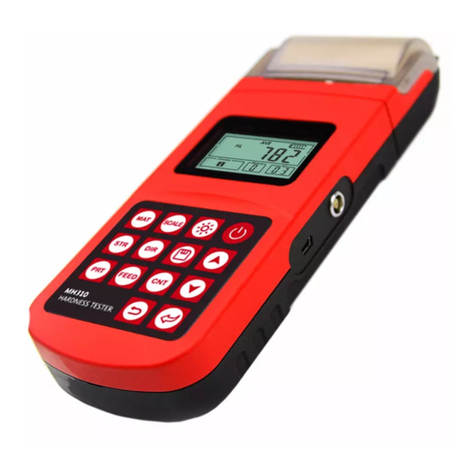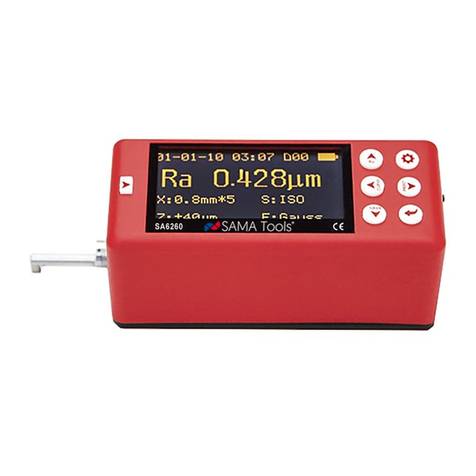
CONTENTS
1 Overview................................................................................................................................................................. 3
1.1 Advantages...................................................................................................................................................3
1.2 Main Application &Testing Range.............................................................................................................3
1.2.1 Main Application....................................................................................................................................... 3
1.2.2 Testing Range...........................................................................................................................................3
1.3 Configuration................................................................................................................................................4
1.4 Working Conditions.....................................................................................................................................4
1.5 Safety Instructions.......................................................................................................................................4
2 Structure Feature &Testing Principle............................................................................................................. 5
2.1 Structure Feature........................................................................................................................................ 5
2.1.1 The Hardness Tester Appearance........................................................................................................ 5
2.1.2 Parts of the Main body............................................................................................................................ 5
2.1.3 D Type Impact Device............................................................................................................................. 6
2.1.4 Different Types of Impact Device.......................................................................................................... 6
2.2 Leeb Hardness Testing Principle..............................................................................................................6
3 Technical Specifications.................................................................................................................................... 6
4 Preparation & Testing..........................................................................................................................................8
4.1 Preparation & Inspection before Testing................................................................................................. 8
4.1.1Preparation of Sample Surface.............................................................................................................. 8
4.1.2 System Setting......................................................................................................................................... 8
4.1.3Presetting Testing condition.................................................................................................................... 8
4.2 Testing Program.......................................................................................................................................... 8
4.2.1 Start-Up..................................................................................................................................................... 8
4.2.2 Loading...................................................................................................................................................... 9
4.2.3 Localization............................................................................................................................................... 9
4.2.4 Testing........................................................................................................................................................9
4.2.5 Read measured value.............................................................................................................................9
4.2.6 Power Off................................................................................................................................................ 10
5 Advice....................................................................................................................................................................10
6 Operation in Details...........................................................................................................................................10
6.1 Power On....................................................................................................................................................10
6.2 Power Off....................................................................................................................................................10
6.3 Testing.........................................................................................................................................................10
6.3.1 Instruction of the Main Display Interface............................................................................................11
6.3.2 Testing Operation at the Main Display Interface...............................................................................11
6.3.3 Key Operation at the Main Display Interface.................................................................................... 11
6.4 Menu Structure.......................................................................................................................................... 11
6.5 Test Set....................................................................................................................................................... 13
6.6 Print Function.............................................................................................................................................15
6.7.Memory Manager......................................................................................................................................15
6.8 Browsing Memory Data Groups............................................................................................................. 17
6.9 System Set.................................................................................................................................................18
6.10 Software Information.............................................................................................................................. 19
6.11 System Calibration..................................................................................................................................19
6.12 EL Background Light..............................................................................................................................20
6.13 Auto Power Off........................................................................................................................................ 20
6.14 Paper Loading......................................................................................................................................... 20
6.15 Battery Charge........................................................................................................................................ 20
6.16 Battery Replacement..............................................................................................................................21
6.17 Connection of Data Transmission Cable............................................................................................ 21
7 Fault Analysis & Evacuation........................................................................................................................... 21
8 Servicing & Maintenance................................................................................................................................. 21
8.1 Impact Device Servicing.......................................................................................................................... 21
8.2 Normal Maintenance Program................................................................................................................21
9 Calibration............................................................................................................................................................21
10 Notice of Transport and Storage Conditions........................................................................................... 21

































